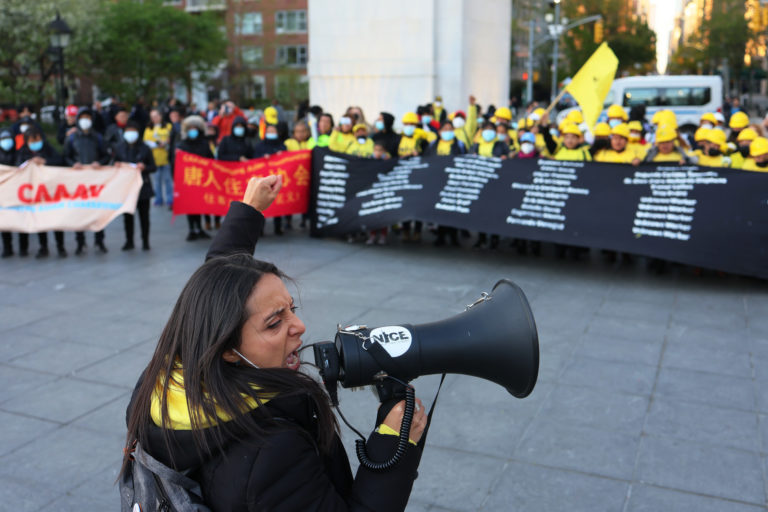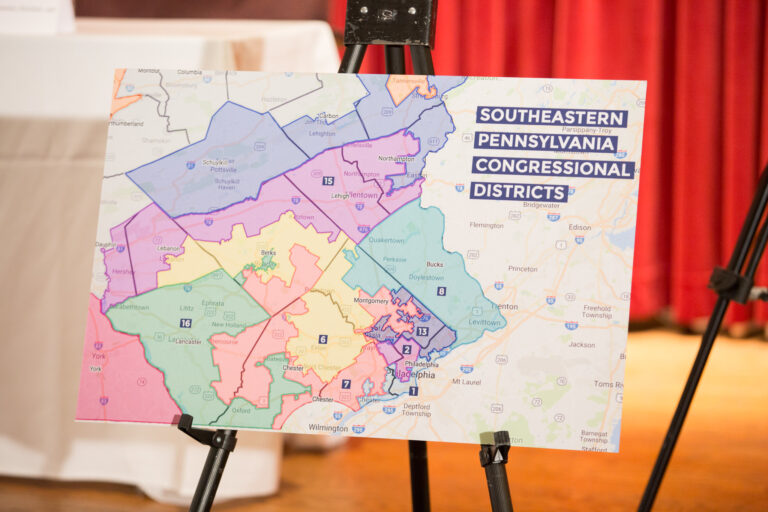The New York Times ran a front-page story on Sunday reporting on apprenticeship programs for skilled workers in the manufacturing sector in South Carolina. The story describes the partnerships formed between private companies and the state educational system (including high schools, career centers, and technical colleges), which have grown to include “4,500 students at more than 600 companies” in the state.
Now that members of the International Association of Machinists have rejected a deal with airplane manufacturer Boeing to produce the company’s new 777 aircrafts in Washington State, other states around the country have begun competing to host the company’s new assembly site, the Washington Post reports. The states have “until Dec. 10 to craft proposals that … [will likely] include tax breaks and incentives valued at hundreds of millions of dollars.”
In an event that was widely reported (see here, here, and here), President Obama and the First Lady met with members of Fast For Families on the National Mall on Friday. The participants, including SEIU Secretary – Treasurer Eliseo Medina, have not eaten for 18 days to protest inaction by the House of Representatives on the comprehensive immigration reform bill passed by the Senate this summer. The President reportedly expressed his support for the group’s efforts, as well as his concern for the participants’ health. An article in the Los Angeles Times evaluates the struggles of the Republican Party to shift its stance on immigration policy since losing the 2012 presidential election.
Illinois lawmakers released details of a plan, announced on Wednesday, to cut costs to its retirement system by reducing “cost-of-living increases for retirees, rais[ing] the age of retirement for some employees, and set[ting] a cap on pensions for those with the highest salaries,” the New York Times reports. Lawmakers across the country are looking to see how Democratic leaders in Illinois will manage this reform proposal despite staunch opposition from labor leaders. As the Times also discussed, and the Wall Street Journal reported in a weekend interview, Democratic Mayor Chuck Reed of San Jose is mounting a statewide referendum campaign that resembles his successful initiative to limit pension obligations to future and current employees of San Jose (the city initiative is being challenged by San Jose’s public unions in court).
An article in the Business Section of the New York Times examines workplace safety regulations from the perspective of classical economic theory. The article seeks to explain why classical economics does not adequately capture the safety-wage tradeoff that workers face, and goes on to argue in favor government intervention through safety regulations.
A post in the New York Times Opinionator blog evaluates the arguments in favor and against raising the federal minimum wage as a means of alleviating inequality and poverty. Generally arguing in favor of a more “sensible federal minimum wage,” the post explores, among other things, the empirical evidence of the tradeoff between a higher minimum wage and job losses, and compares a higher federal minimum wage to other policy alternatives, such as the earned-income tax credit.
An article in the New York Times discusses trends in the unemployment data. Among the patterns discussed, the article notes that while the rate of firings has declined to below what it was even before the great recession, the rate of hiring has not increased and long-term unemployment remains a “stubborn” problem.






Daily News & Commentary
Start your day with our roundup of the latest labor developments. See all
December 19
Labor law professors file an amici curiae and the NLRB regains quorum.
December 18
New Jersey adopts disparate impact rules; Teamsters oppose railroad merger; court pauses more shutdown layoffs.
December 17
The TSA suspends a labor union representing 47,000 officers for a second time; the Trump administration seeks to recruit over 1,000 artificial intelligence experts to the federal workforce; and the New York Times reports on the tumultuous changes that U.S. labor relations has seen over the past year.
December 16
Second Circuit affirms dismissal of former collegiate athletes’ antitrust suit; UPS will invest $120 million in truck-unloading robots; Sharon Block argues there are reasons for optimism about labor’s future.
December 15
Advocating a private right of action for the NLRA, 11th Circuit criticizes McDonnell Douglas, Congress considers amending WARN Act.
December 12
OH vetoes bill weakening child labor protections; UT repeals public-sector bargaining ban; SCOTUS takes up case on post-arbitration award jurisdiction